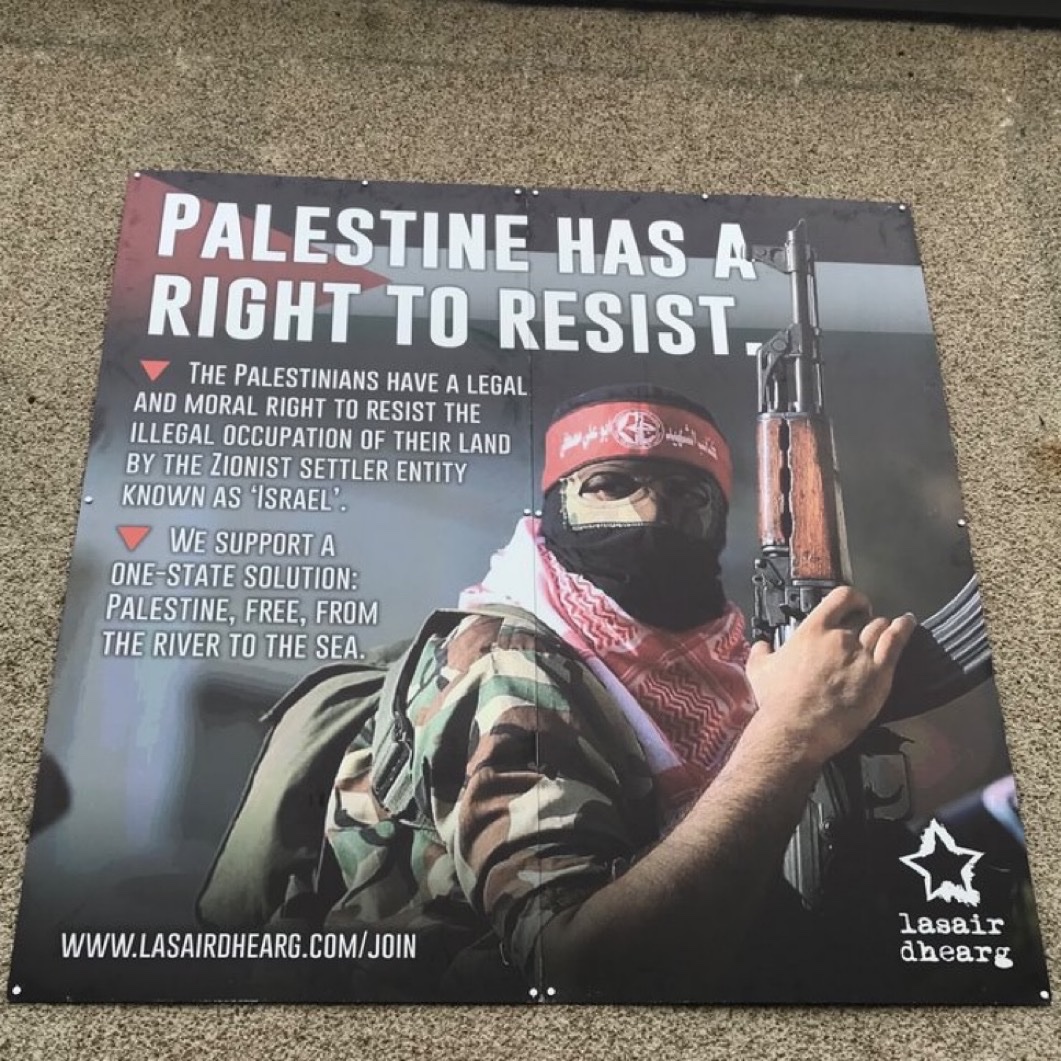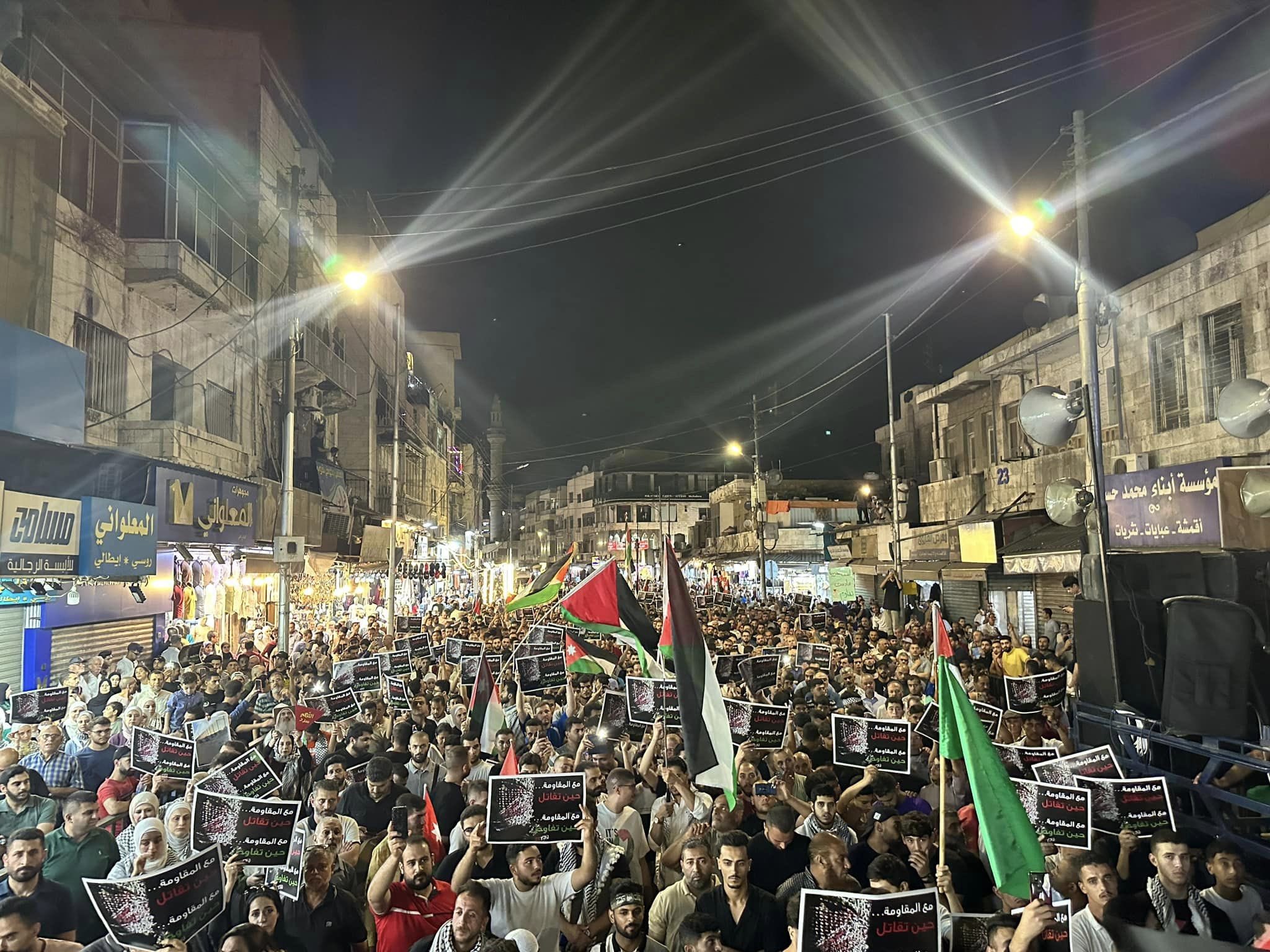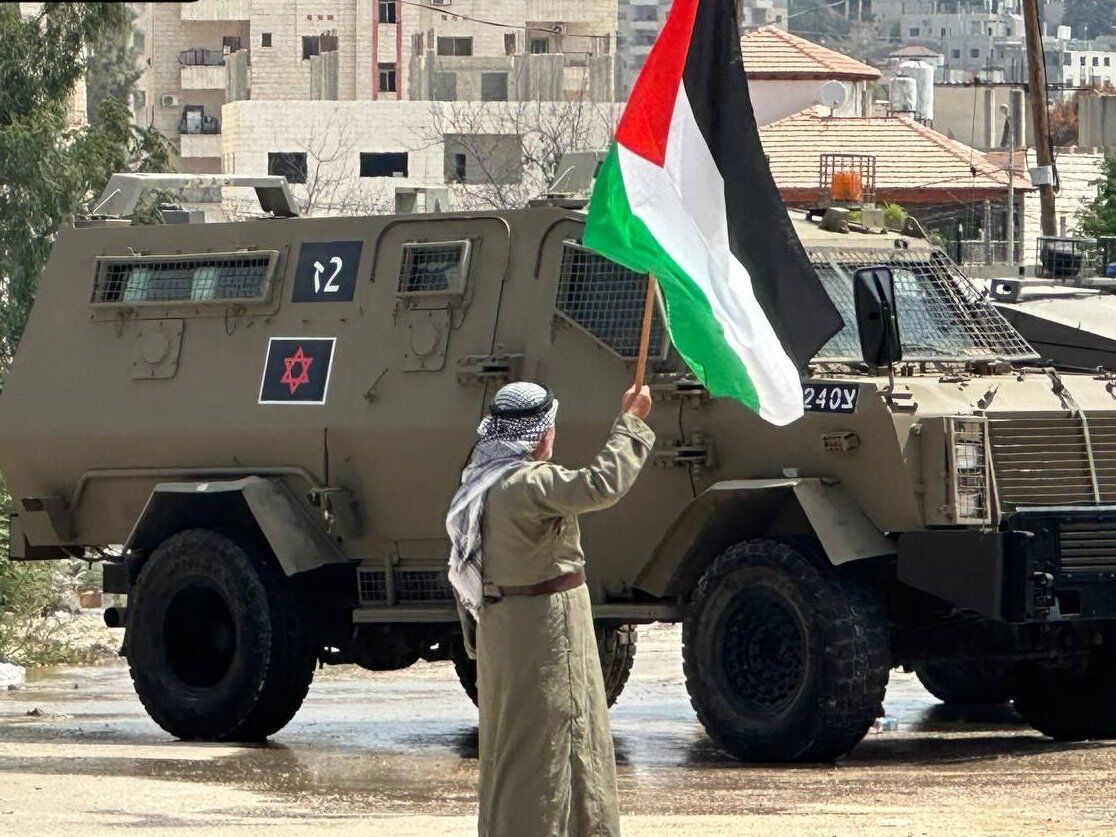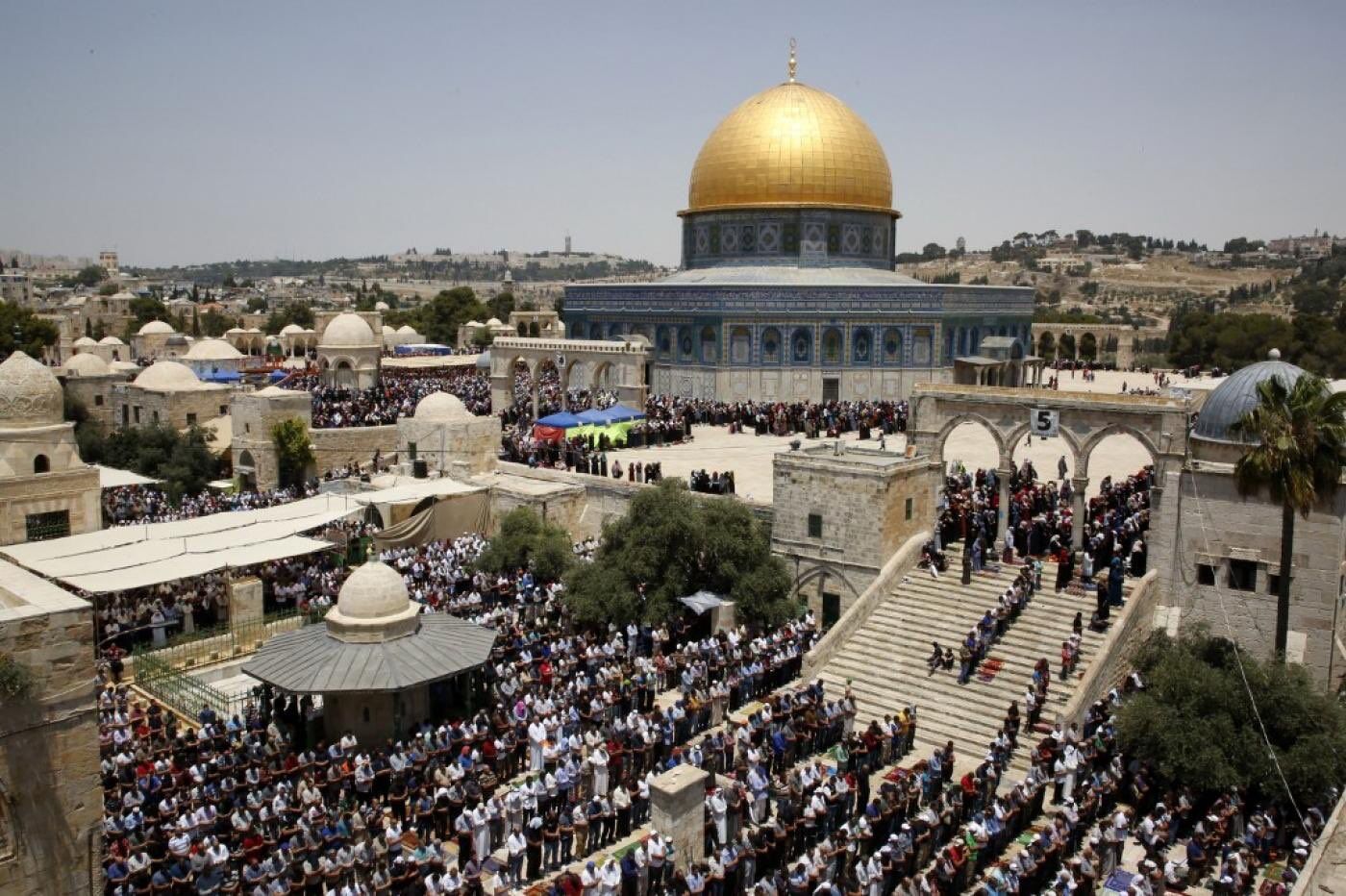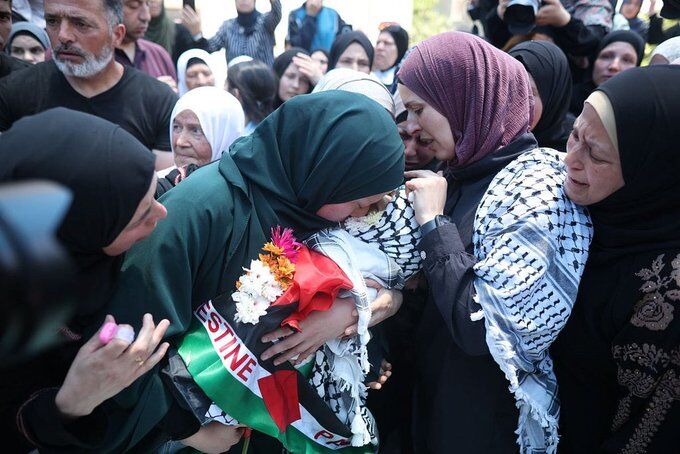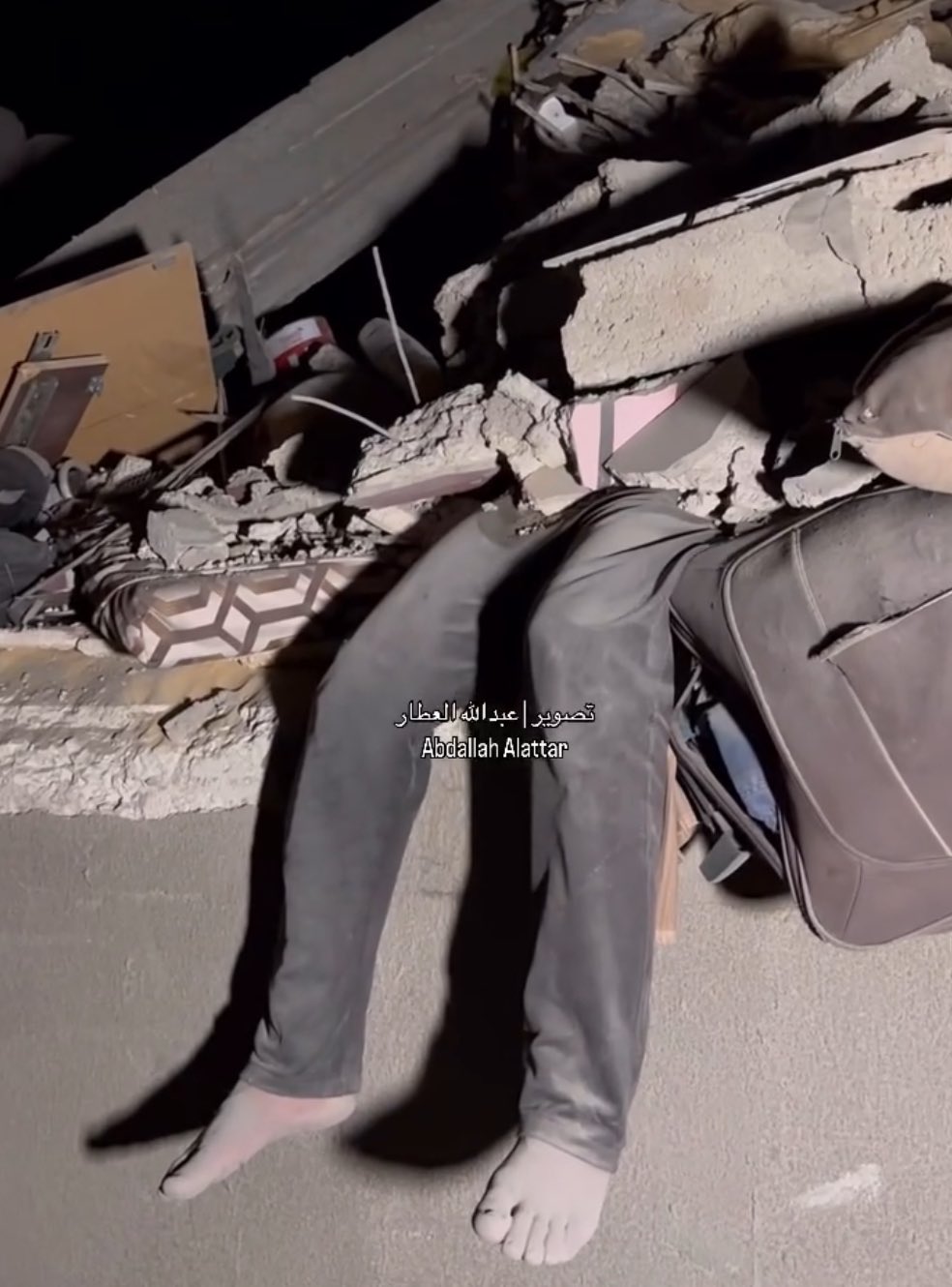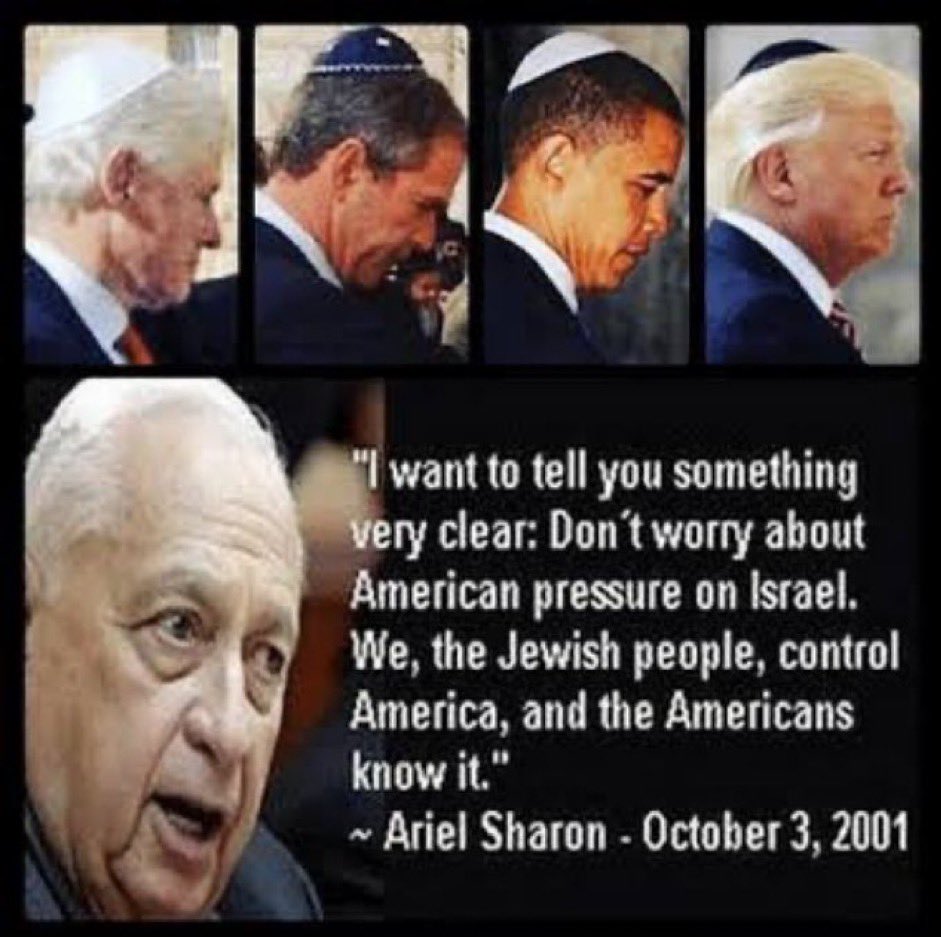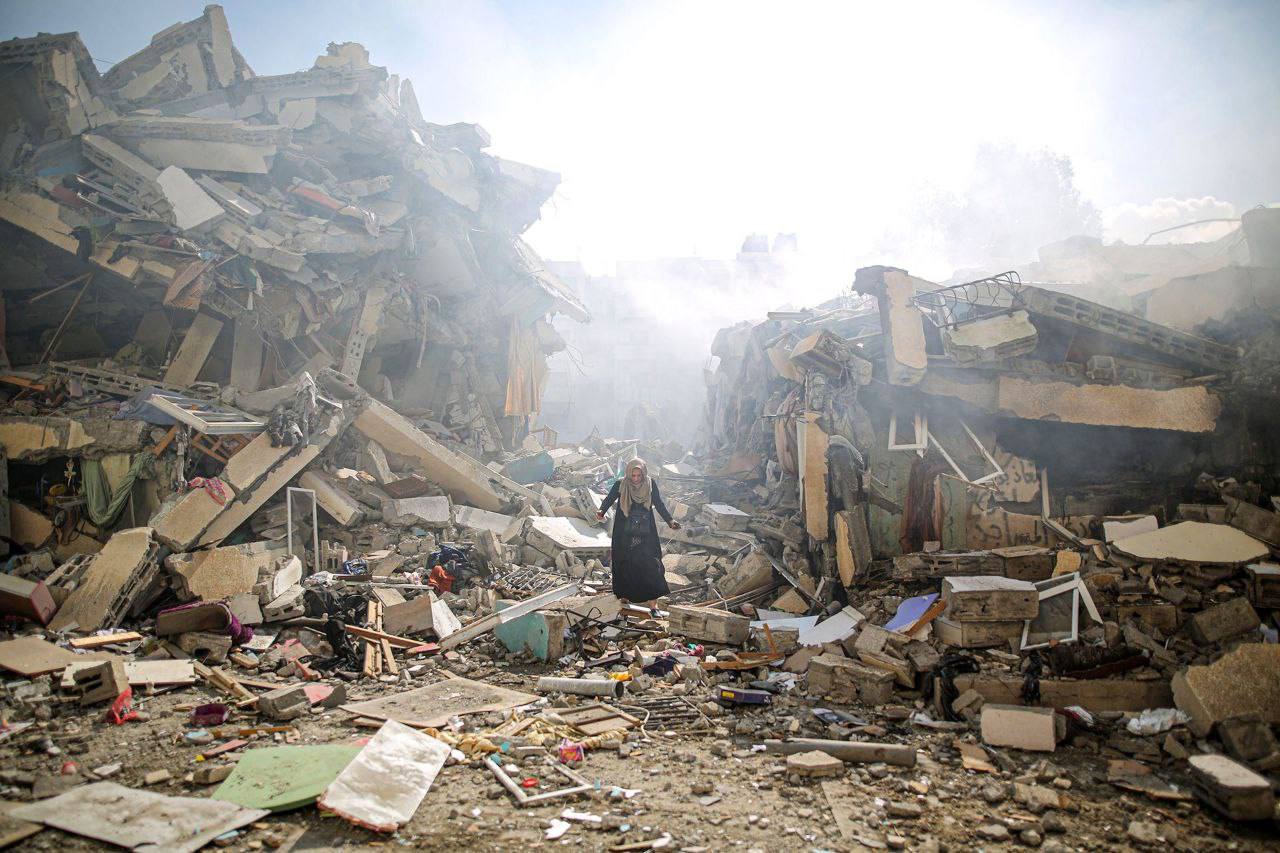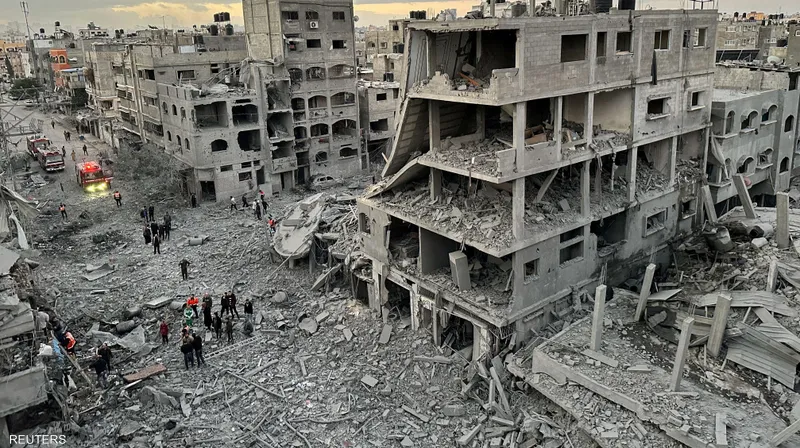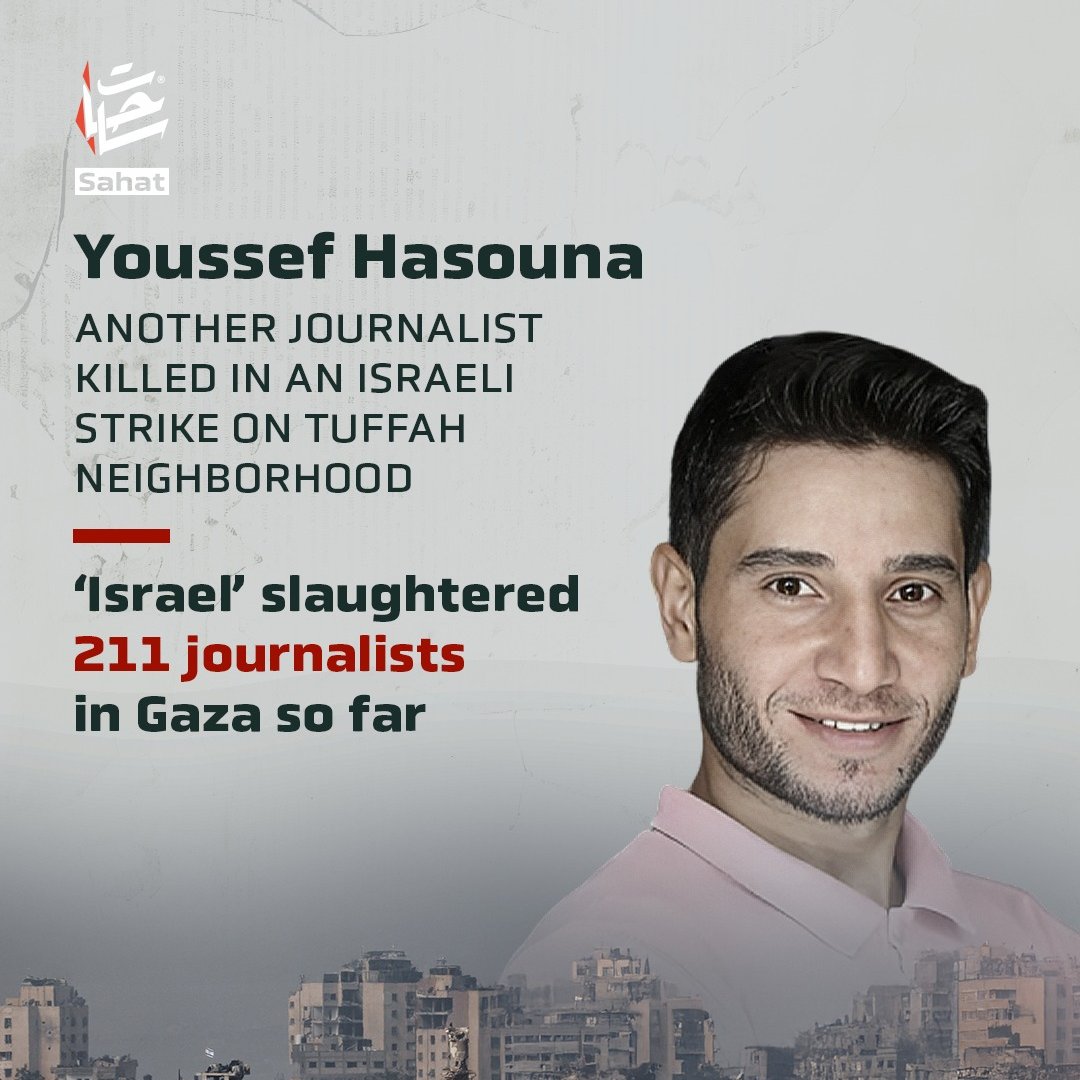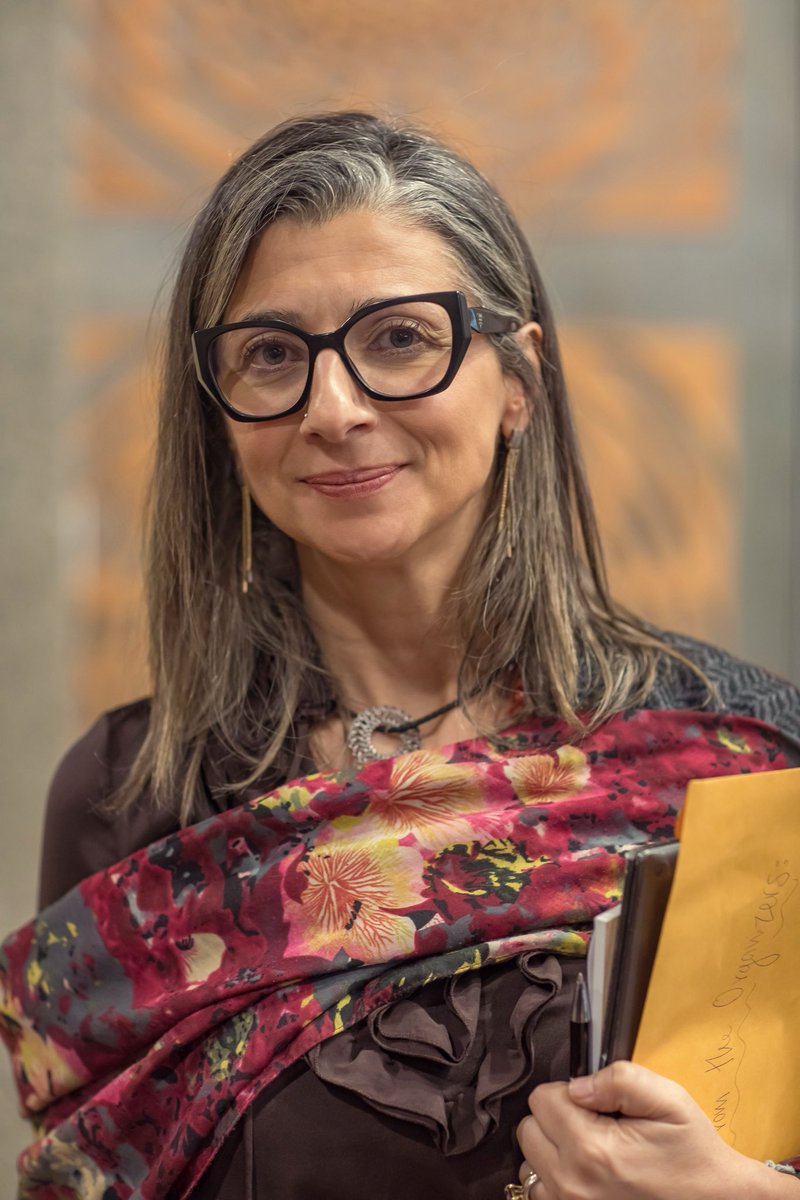Jordan Denounces Smotrich’s Remarks as Racist
The Ministry of Foreign and Expatriates confirmed that the decried remarks made by the radical Israeli Finance Minister Bezalel Smotrich in 2016 while he was a member of the Knesset represent the Israeli minister’s irrational and provocative ideological views.
Ambassador Sufian Al-Qudah, the ministry’s official spokesperson, emphasized that the Kingdom completely rejects and denounces these divisive and exclusionary remarks, characterizing them as a breach of international law and conventions. He also emphasized that these remarks do not diminish Jordan’s standing or the Palestinian people’s inalienable right to establish their own independent state along the lines of June 4, 1967, with occupied Jerusalem as its capital.
The statements made by the Israeli minister, according to Ambassador Al-Qudah, expose the dangers of his extreme, racist ideologies and highlight the urgent need for the international community to act swiftly to stop Israel’s unchecked aggression, as evidenced by its ongoing, aggressive war against Lebanon, the West Bank, and the Gaza Strip according to the Jordan News Agency, Petra.
Palestinians: Down But By No Means Beaten!
Palestinian analysts confirm the military operation launched by the Israeli occupation on the camps in the northern occupied West Bank – “Summer Camps” – aim to eradicate the resistance through excess force and the destruction of their popular base and is considered more dangerous than the “Defensive Shield” operation it carried out in the occupied West Bank in 2002.
Palestinian political analyst Ismat Mansour stressed the most dangerous thing about the last Israeli military operation emanates from what Israeli Foreign Minister Israel Katz said about evacuating the residents of the camps to humanitarian places to carry out cleansing operations,” a sentence also made by the army spokesman when the operation was launched.
“The goal of these military operations are clear, and represented in destroying the Palestinian infrastructure and turning the camps into uninhabitable places with creeping and gradual ethnic cleansing,” Mansour told Quds Press.
Mansour attributed these plans to the declared programs of the Israeli occupation government and “its structure, ideology, and agenda – highlighted by Finance Minister Bezalel Smotrich to resolve the conflict,” in reference to the aim to annex the West Bank to the occupation state.
Therefore Mansour called for “the necessity of working to find a unified collective plan that mobilizes all [Palestinian] energies to confront this criminal mentality.”
Expert Azzam Abu Al-Adas considers the current Israeli military operation in the West Bank is far “more dangerous than that of the Operation Defensive Shield carried by the Jewish army in 2002.”
He pointed out “when Operation Defensive Shield was executed, the Palestinian factions were present in the West Bank and existed in terms of infrastructure, finance, and military, and had the ability to rebuild their forces and compensate for losses. Now, the factions have been dismantled financially, militarily, and socially.”
“Operation Defensive Shield was carried out at a time when the number of settlers in the West Bank was barely 70,000, and now it is 800,000, which means that eliminating the resistance will increase the encroachment of the army and settlers,” according to his thinking.
Abu Al-Adas pointed out head of the Israeli government of occupation Benjamin Netanyahu, “is in dire need of a victory, and since he failed to achieve it in Gaza, he will claim this such an image in the West Bank raise his popularity, especially among the settlers and will increase his chances in the upcoming elections, which he intends to run for.”
“In 2002, the occupation was still living under the shock of the then prime minister Ariel Sharon who entered Al-Aqsa Mosque in 2000, and Al-Aqsa Mosque was out of the game, but now if Israel succeeds in eliminating the resistance act it means the building of the synagogue which Security Minister Itamar Ben-Gvir talked about and displacing the people of Jerusalem” becomes more real.
The occupation forces began a large-scale military operation targeting resistance fighters in Jenin, Tulkarm and Tubas in the northern West Bank at dawn Wednesday, where large Israeli forces invaded all areas, cities and camps in the northern West Bank from several axes, calling it operation “Summer Camps”.
The Israeli media reported the military operation is the largest since Operation Defensive Shield in 2002, and carried out with the Israeli warplanes, army, Israeli Internal Security Service (Shabak) and other undercover forces with the use of helicopters and fighter jets extensively.
Operation Defensive Shield was a military operation carried out by Israel to occupy and attack areas of the Palestinian Authority, after the Palestinian soldier Abdul Basit Odeh carried out the Park Hotel operation, which is considered one of the largest suicide operations in the history of the Palestinian resistance.
For Israel the main goal of the operation was to eliminate the second Palestinian Intifada which began in 2000 after Sharon, as prime minister, stormed the blessed Al-Aqsa Mosque.
“Operation Defensive Shield” was launched on 29 March, 2002 and ended on 10 May.
Arabs Livid Over Ben-Gvir Synagogue View in Al Aqsa
In a dangerous provocation to Muslims in the West Bank, Gaza and the Arab and Muslim worlds, Israeli National Security Minister Itamar Ben-Gvir announced that he intends to build a Jewish synagogue within the Al-Aqsa Mosque compound. This is a site that is revered by Muslims worldwide.
The Ben-Gvir statement was reported by Israel’s Army Radio, where he claimed that Israeli law grants equal rights to Muslims and Jews to conduct prayers at the holy mosque as reported in the Quds News Network.
Meanwhile Jordan condemned such a statement. Jordan’s Foreign Ministry called it as “a violation of international law and an unacceptable provocation that requires a clear-cut international position condemning it.”
It stated Ben-Gvir’s statement “fuels extremism and endeavors to change the historical and legal status quo in Jerusalem and its holy sites through imposing new facts and practices driven by a bigoted exclusionary narrative.”
It stressed that the entire Al-Aqsa Mosque site is an exclusive place of worship for Muslims, and the Jordan-run Jerusalem Waqf Department is the legal entity supervising Al-Aqsa Mosque affairs.
As well, Egypt, Monday, denounced Ben-Gvir’s call to build a synagogue inside Al-Aqsa Mosque in occupied East Jerusalem, stating what he says heightens tension in the occupied Palestinian territories.
The country’s Foreign Ministry said Israel is legally responsible for adhering to the status quo at the Al-Aqsa Mosque and preserving Islamic and Christian sanctities.
It also demanded Israel comply with its obligations as an occupying power, and “stop such provocative statements aimed at further escalation and tension in the region.”
The ministry added that Ben-Gvir’s statement against Al-Aqsa Mosque further complicates and aggravates the situation across the Palestinian territories, and hinders efforts to reach a cease-fire in the Gaza Strip.
Meanwhile Israeli Prime Minister Benjamin Netanyahu tried to distance himself from Ben-Gvir. However all he said is that the status quo on the Al Aqsa Mosque remains unchanged.
Israel Holds Bodies of 35 Kids Killed Since 2016
Israeli occupation forces continue to hold on to the bodies of 35 Palestinian children killed in the occupied West Bank and Jerusalem and refuses to hand them over to their parents and relatives for burial reports the Defense for Children International – Palestine (DCIP).
These bodies have been kept by Israeli forces since 2016. Grieving Palestinian families see this act as a collective punishment according the Quds News Network.
The number of confiscated bodies was previously 40 but five were since released to their families after much pleading to be buried stated the DCIP.
“Palestinian children cannot rest even in death as Israeli authorities continue to confiscate their bodies and withhold them from their families indefinitely,” says Ayed Abu Eqtaish, DCIP accountability program director.
The Israeli army and settlers killed 64 Palestinian children in the occupied West Bank in 2024, including two United States citizens, according to documentation collected by DCIP.
Since 7 October 2023, 145 Palestinian children were killed in the occupied West Bank according to the DCIP, when the Israeli military began a full-scale military offensive on the Gaza Strip.
In 2023, Israeli forces and settlers killed at least 121 Palestinian children in the occupied West Bank. Israeli forces and settlers shot and killed 103 Palestinian children with live ammunition, 13 Palestinian children were killed in drone strikes, four Palestinian children were killed by missiles fired from a US-provided Apache attack helicopter, and one child was killed in an Israeli warplane airstrike.
The Israeli occupation practice of confiscating and withholding the bodies of Palestinian that are killed is a violation of international humanitarian law and international human rights law, which include absolute prohibitions on cruel, inhuman, or degrading treatment, as well as stipulating that parties of an armed conflict must bury the deceased in an honorable way, DCIP said.

